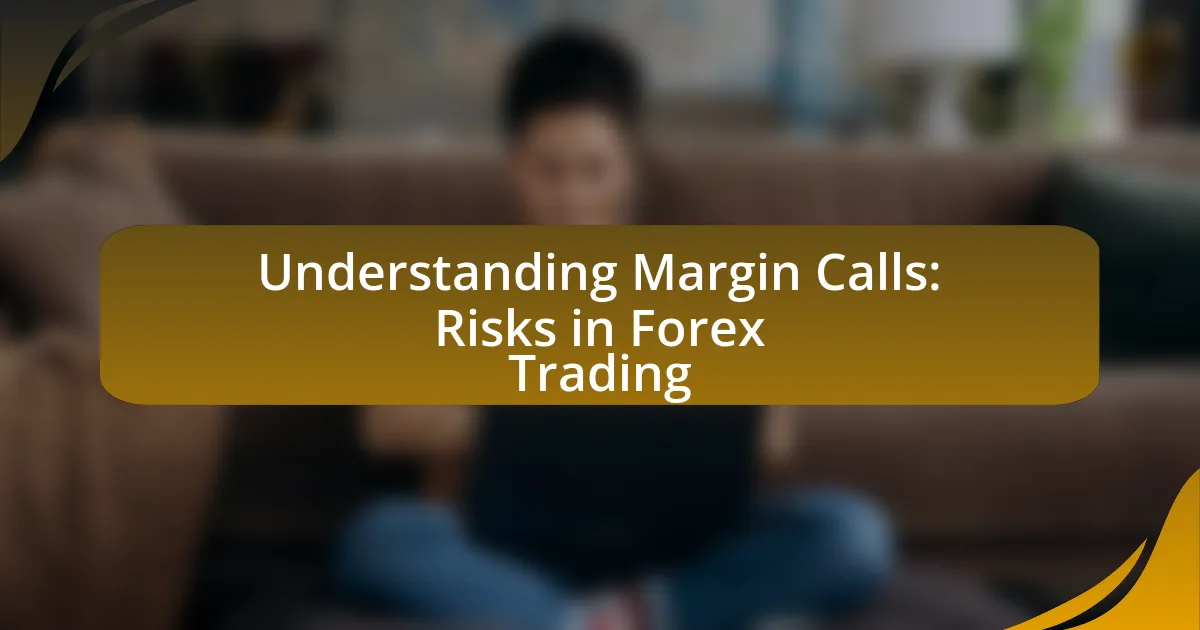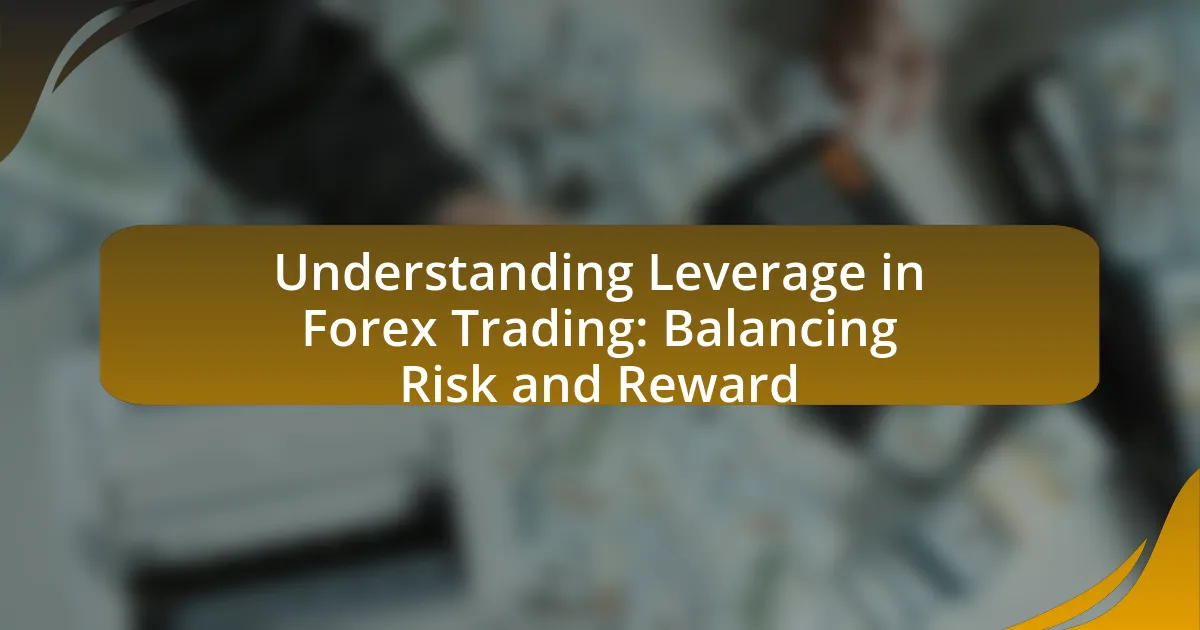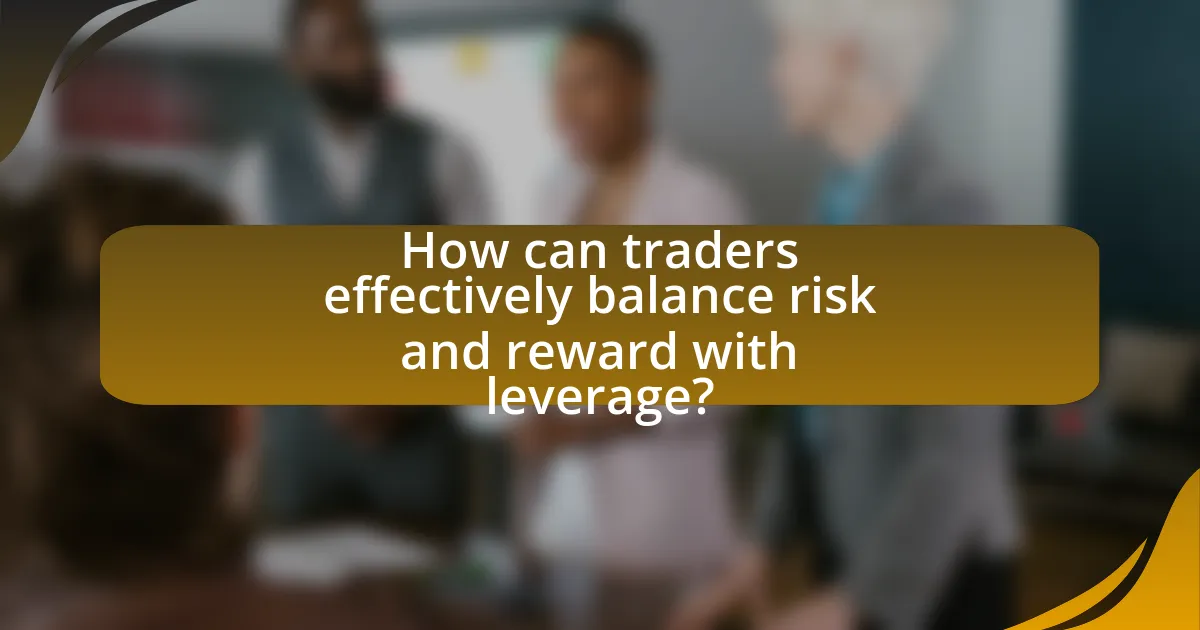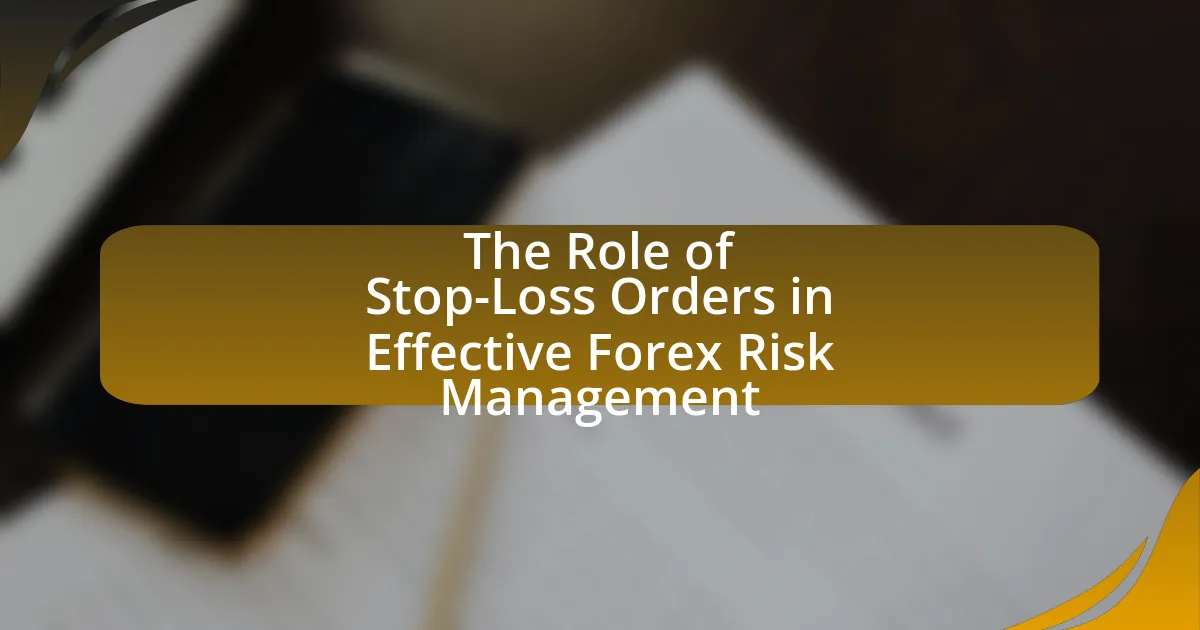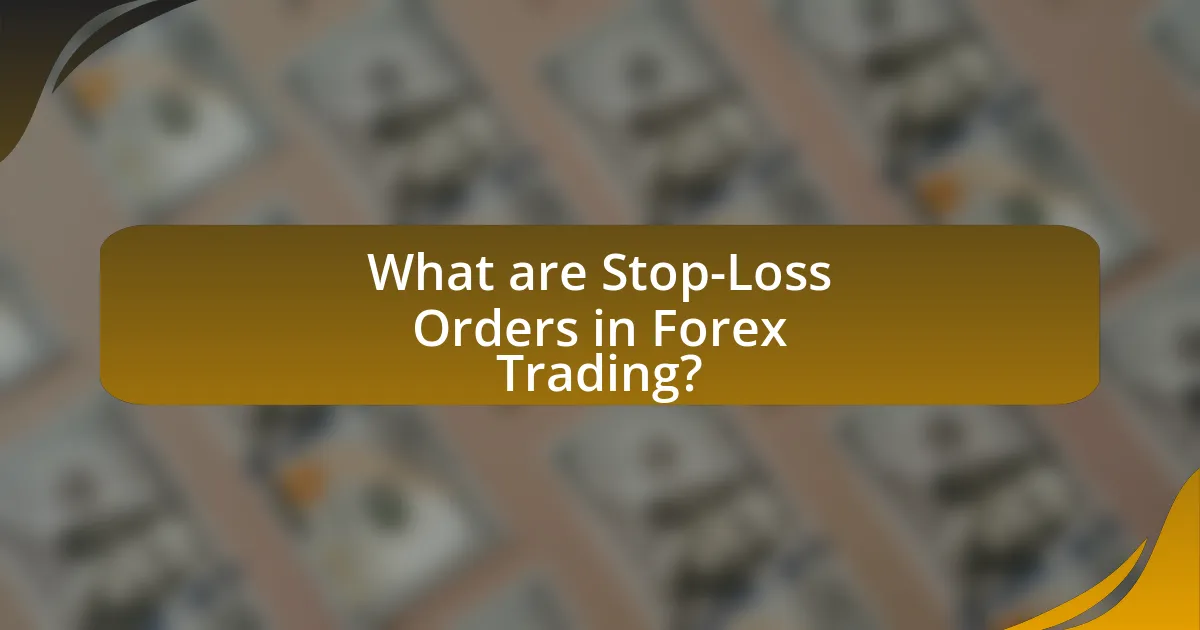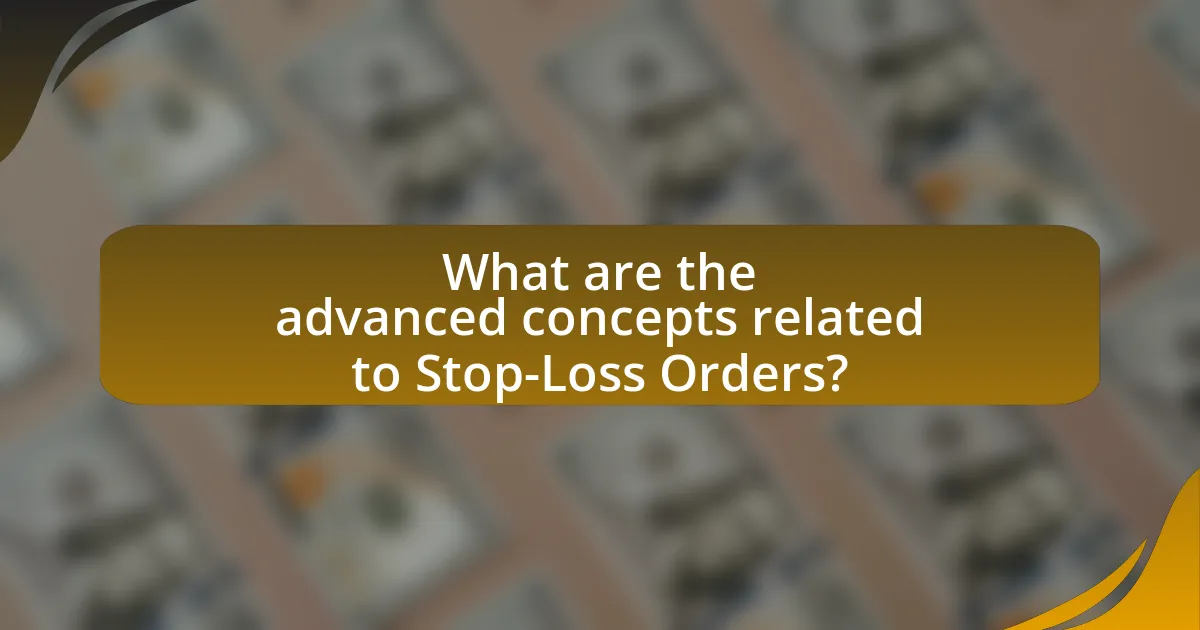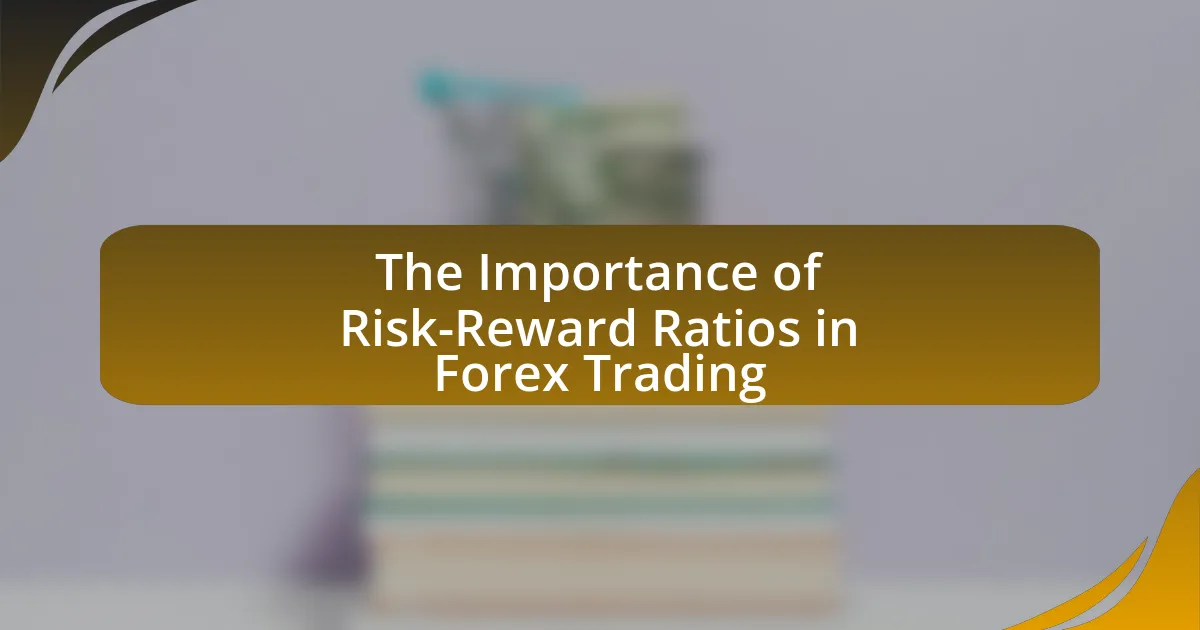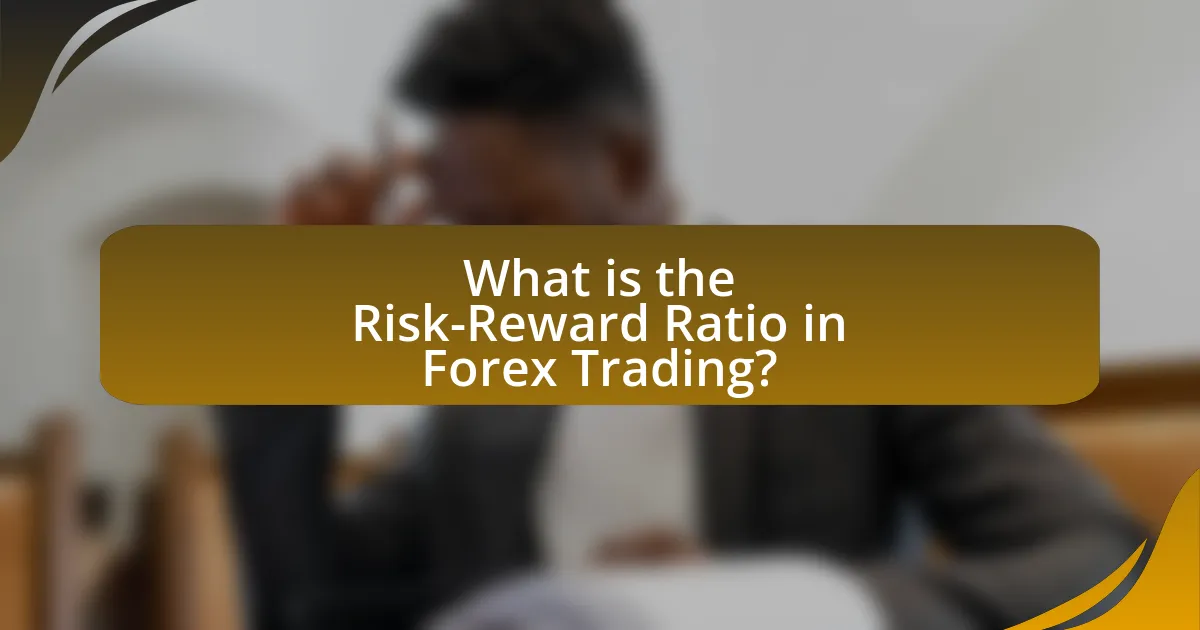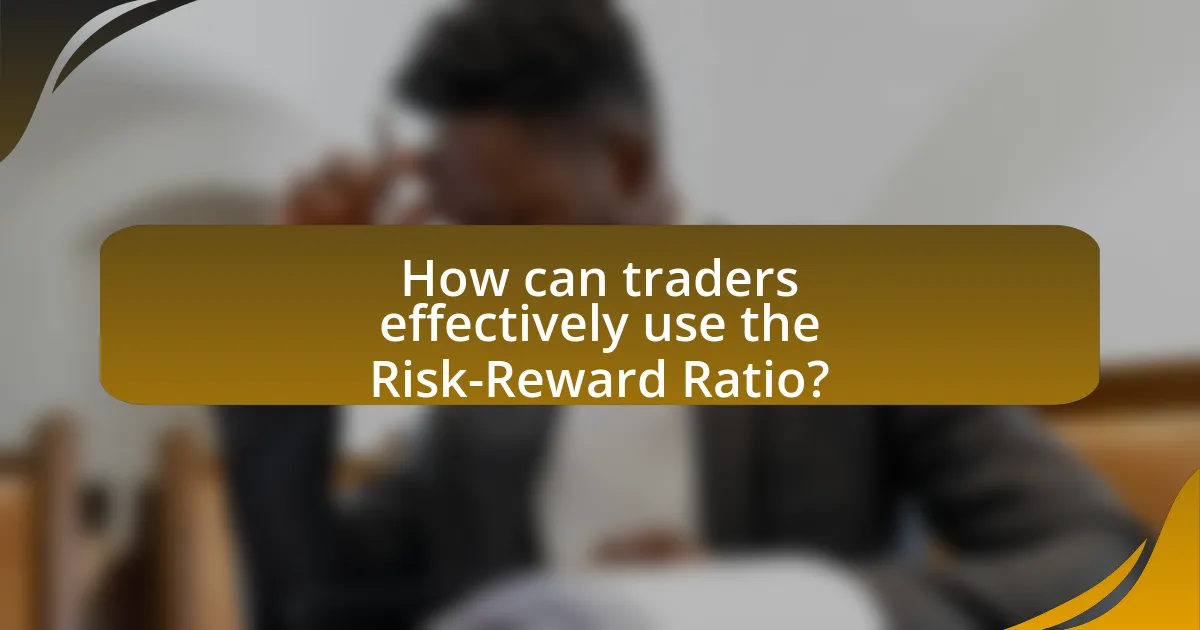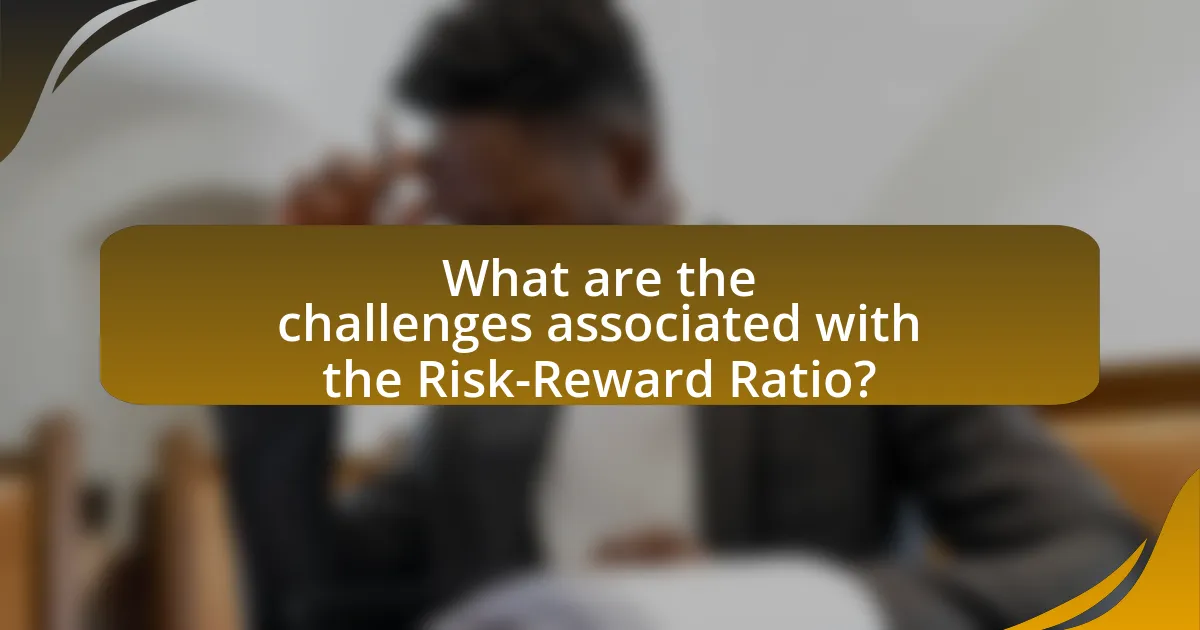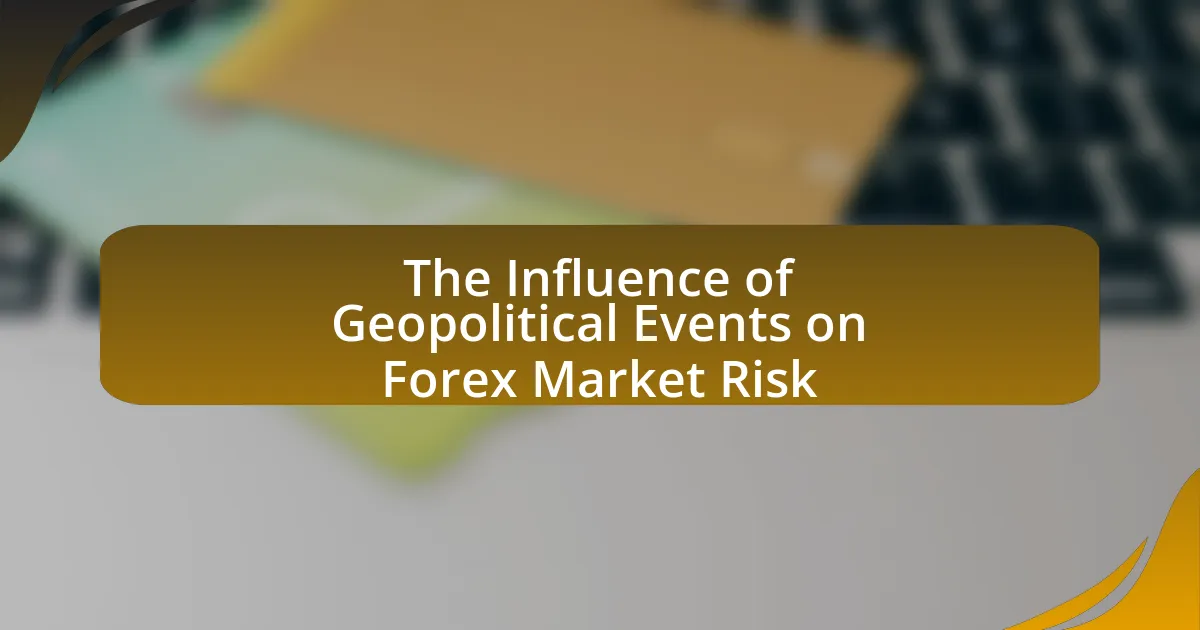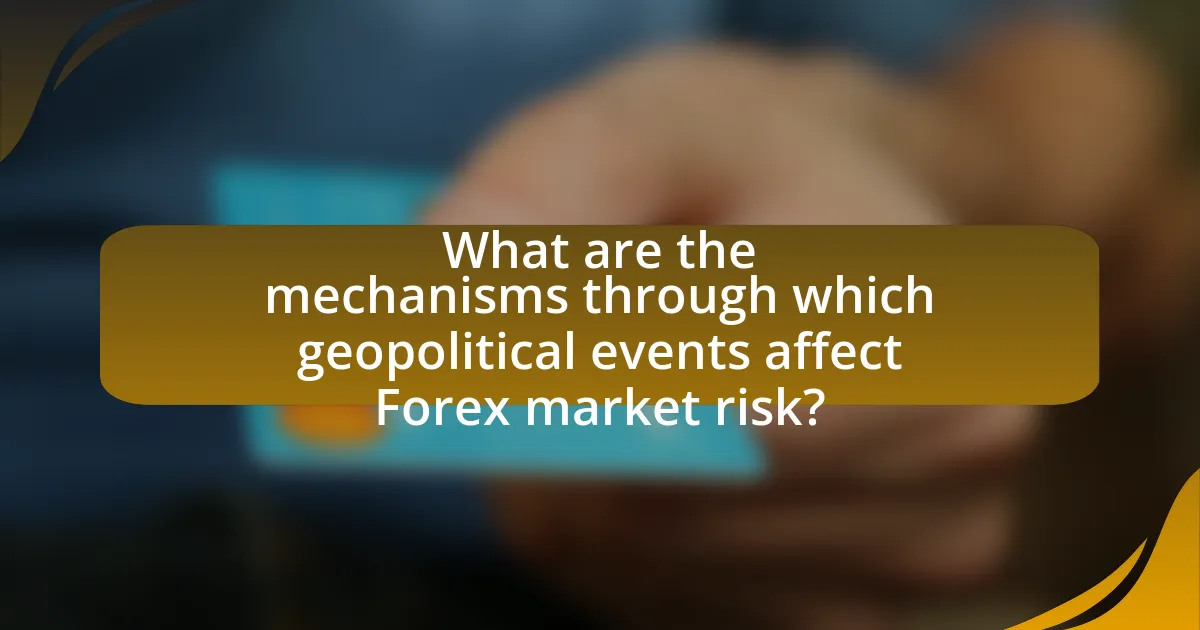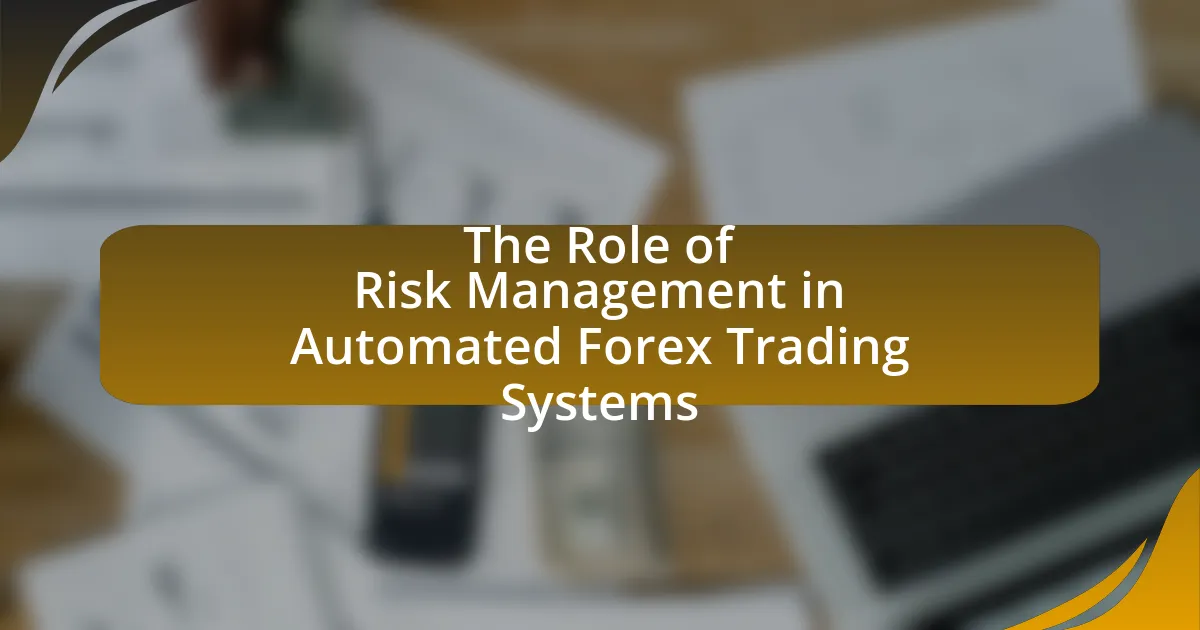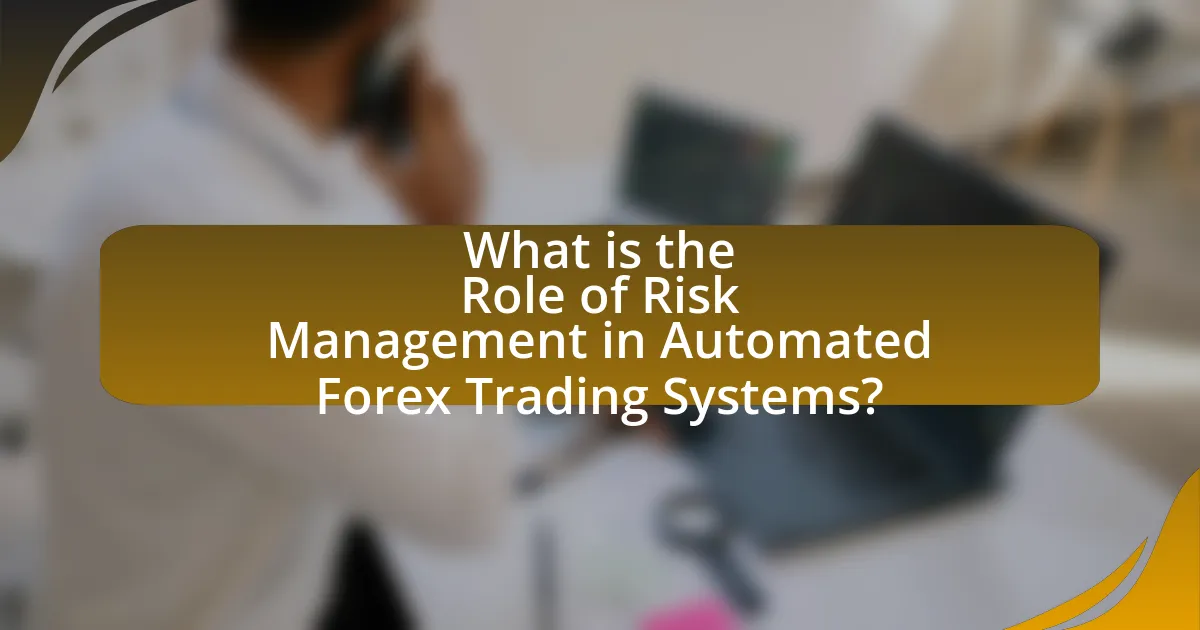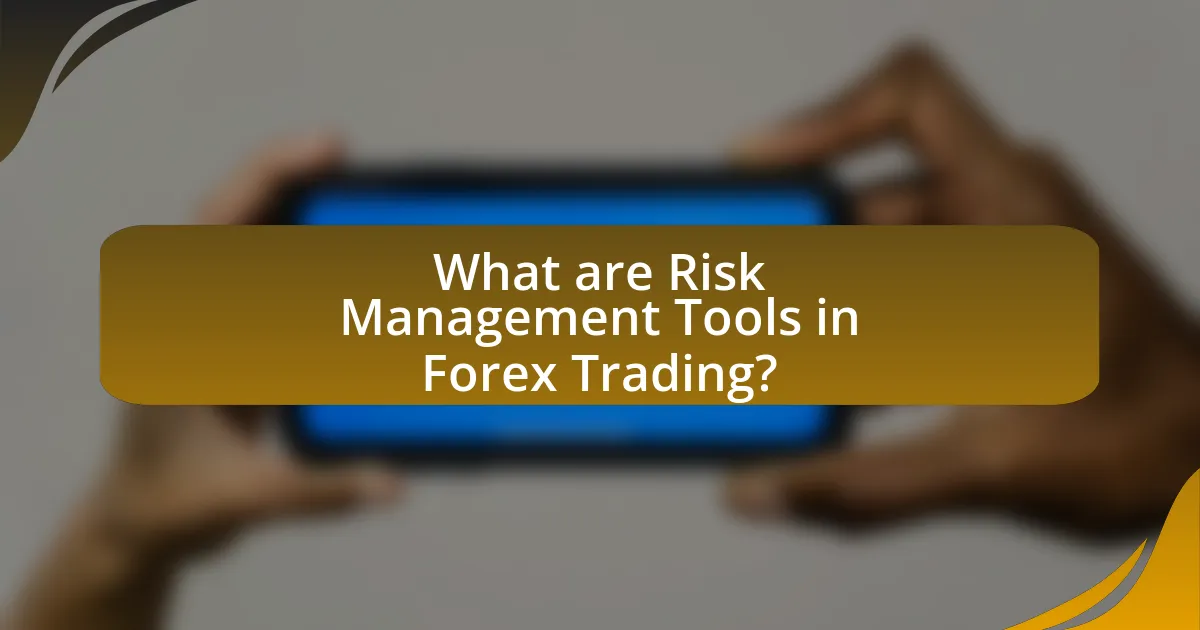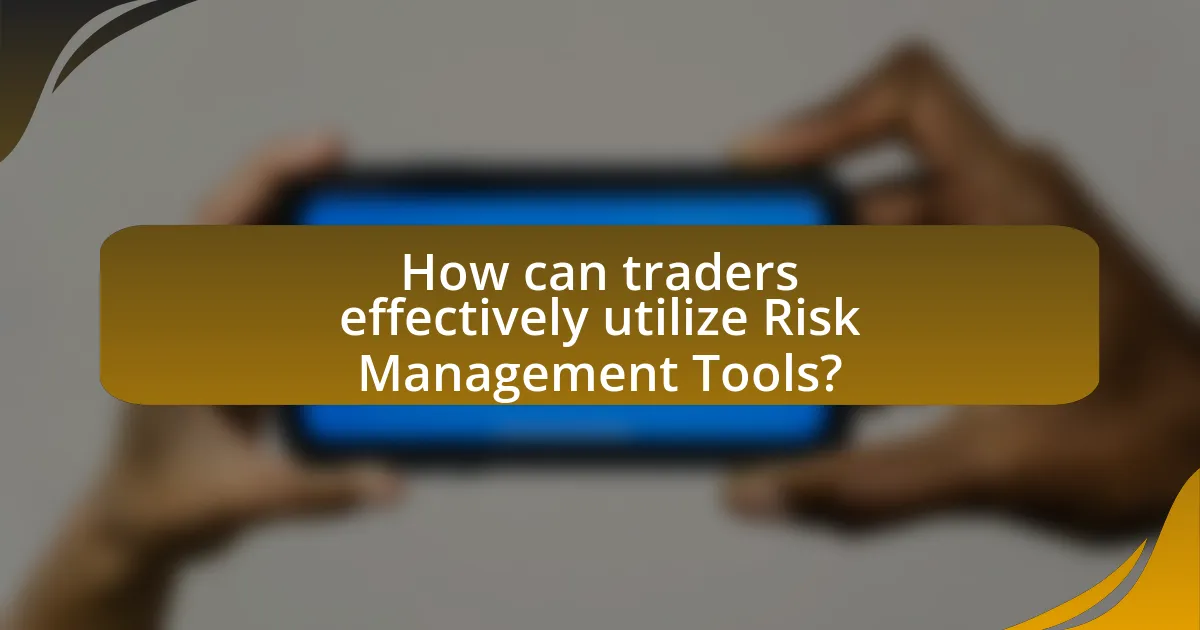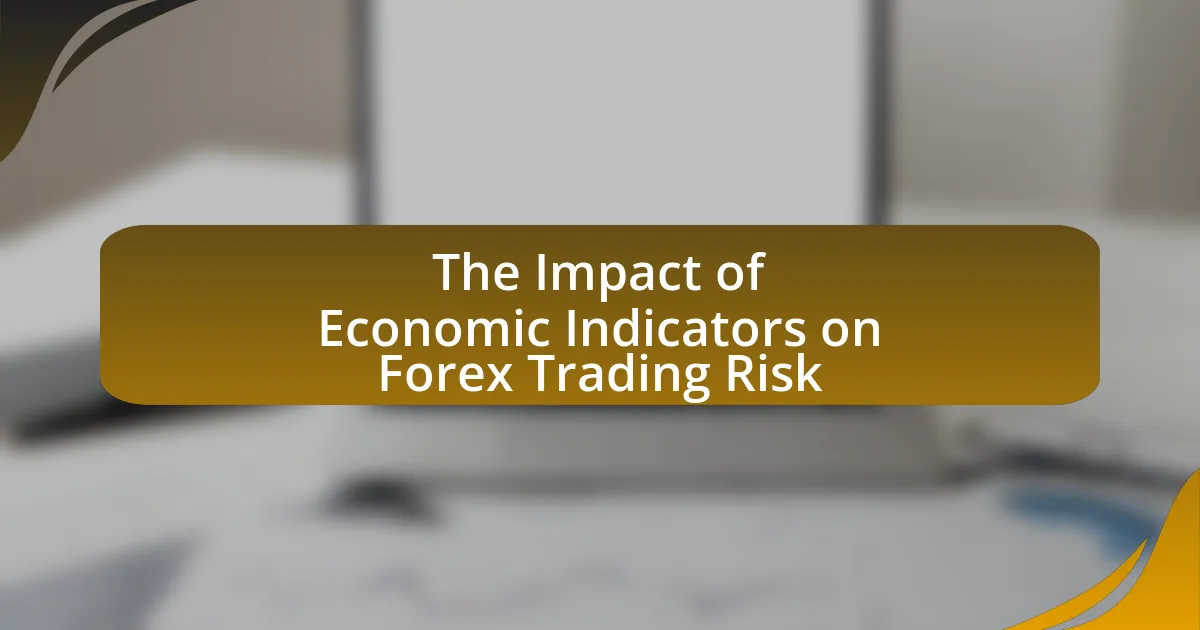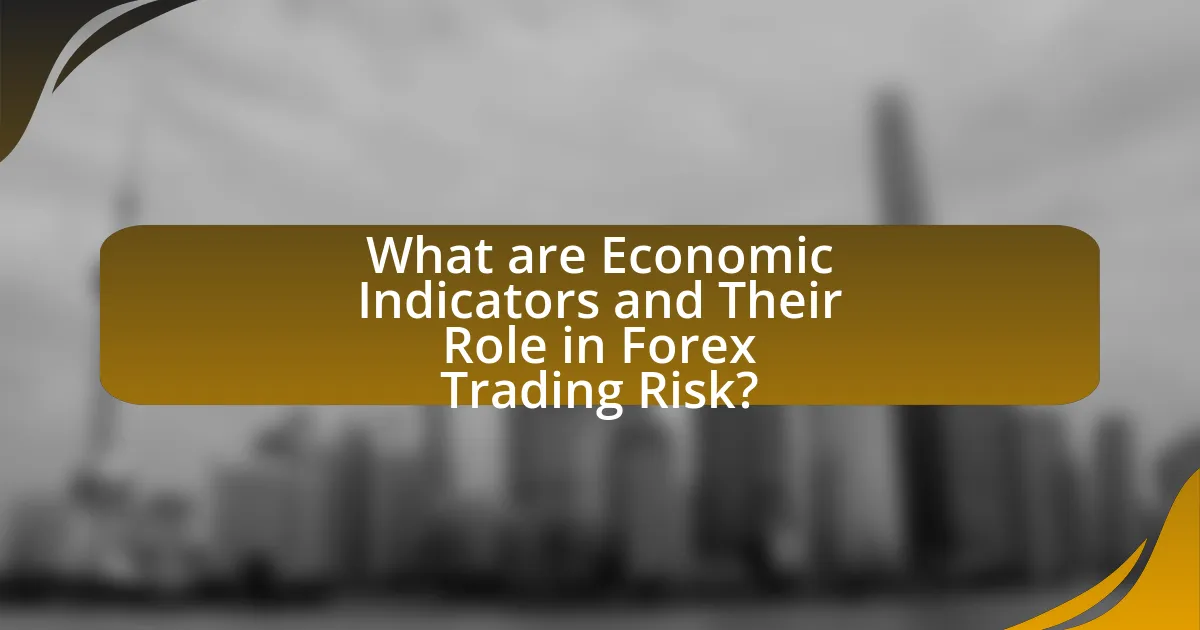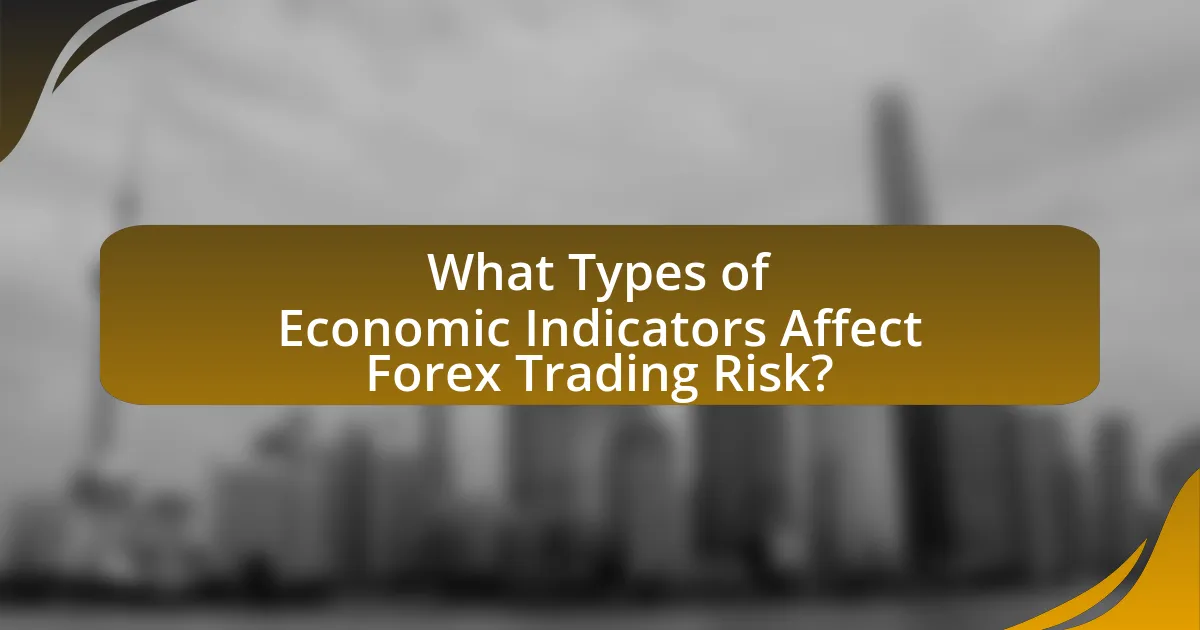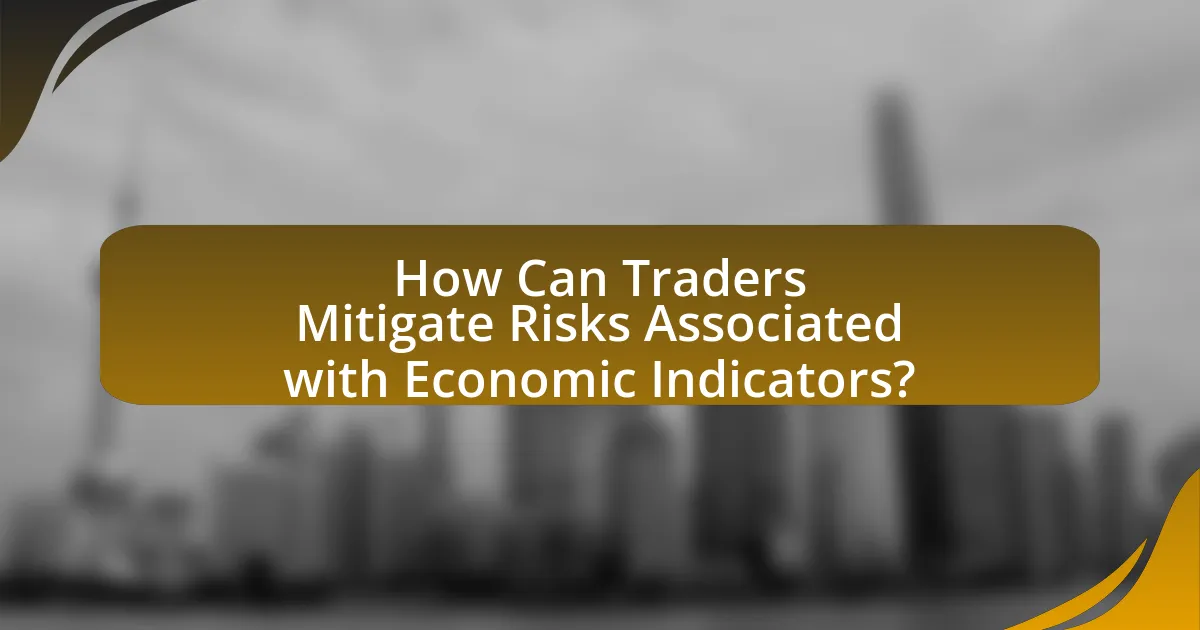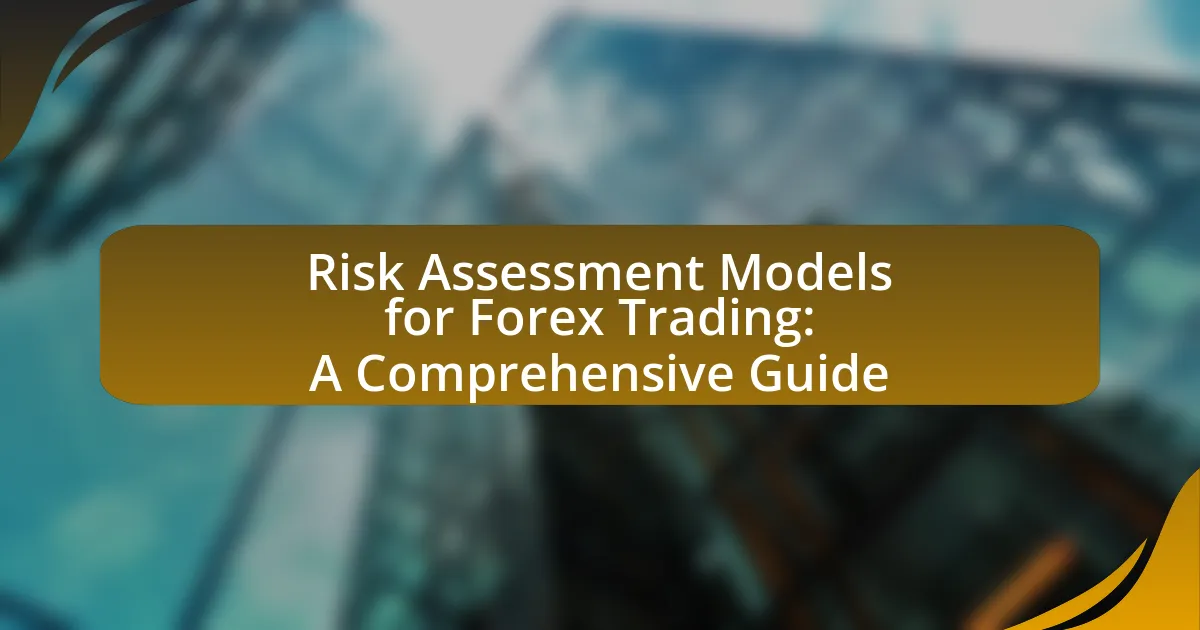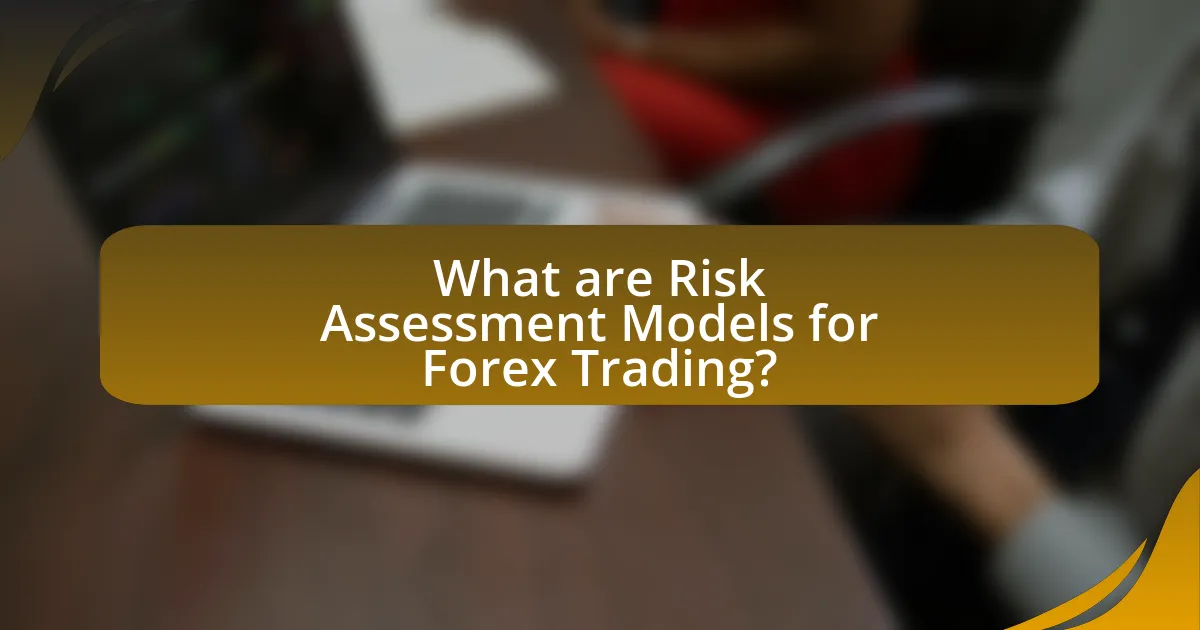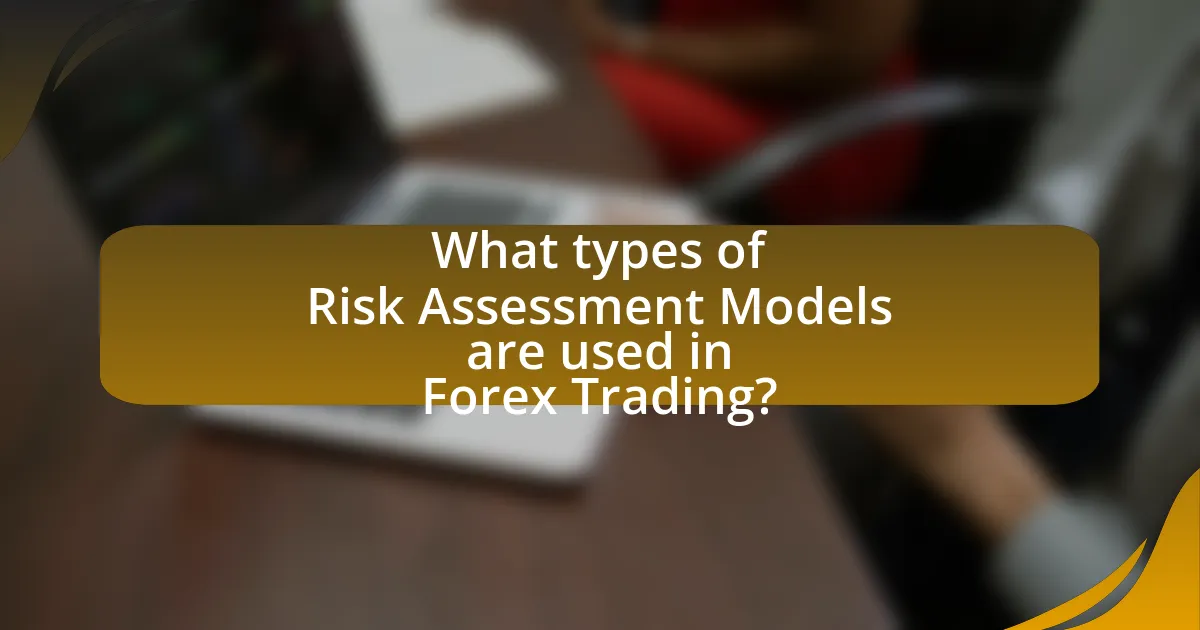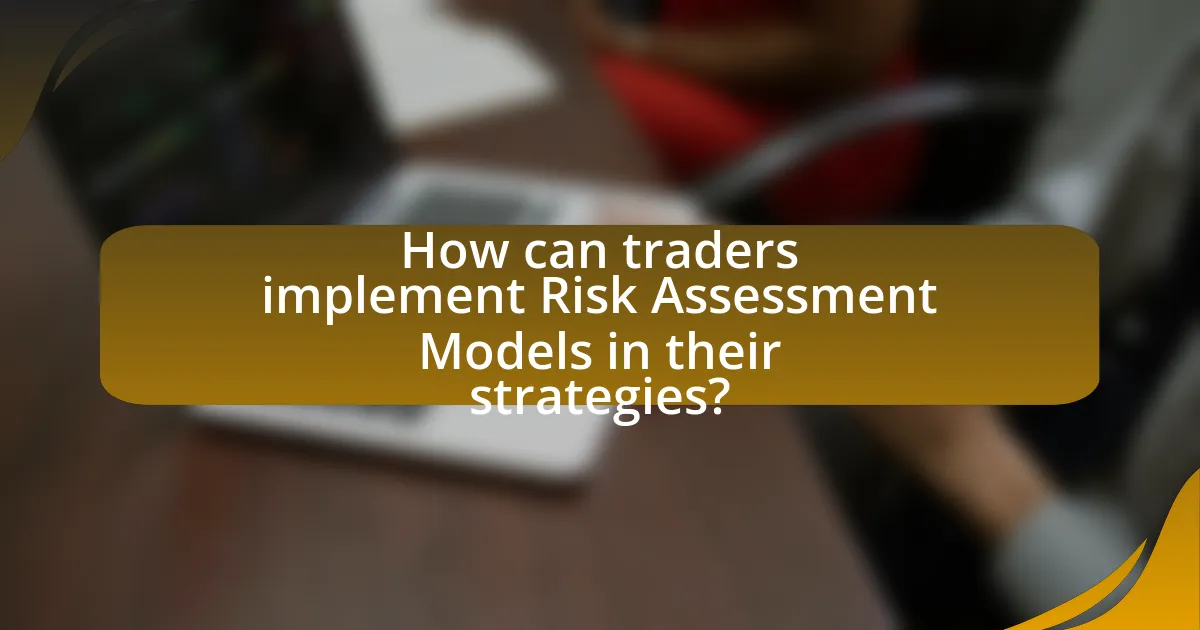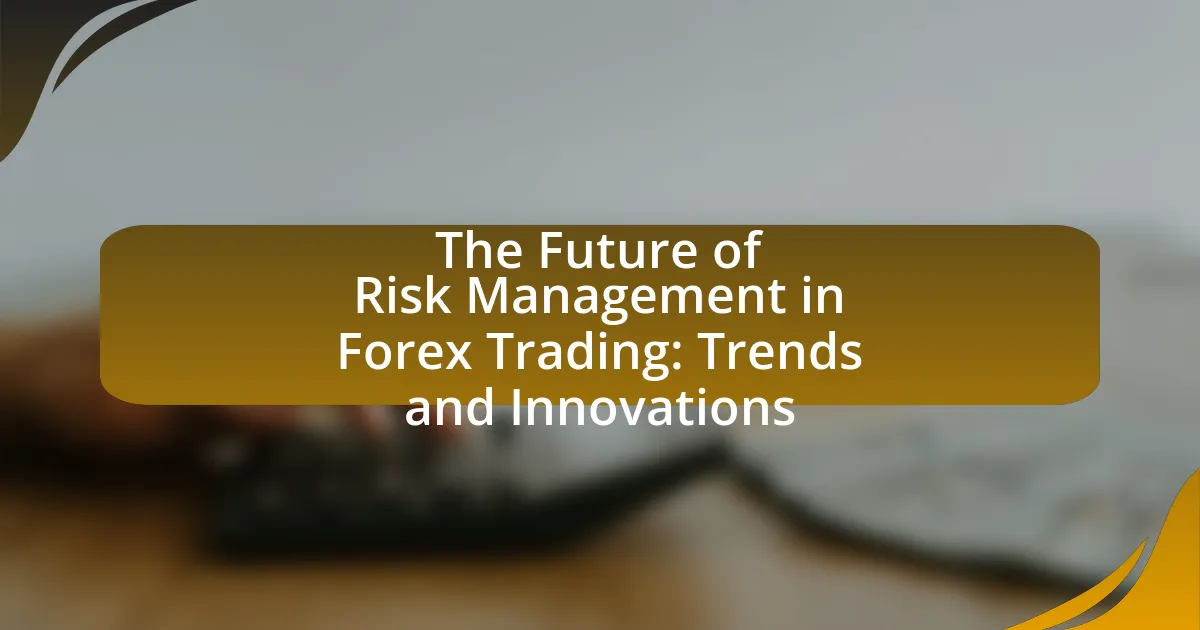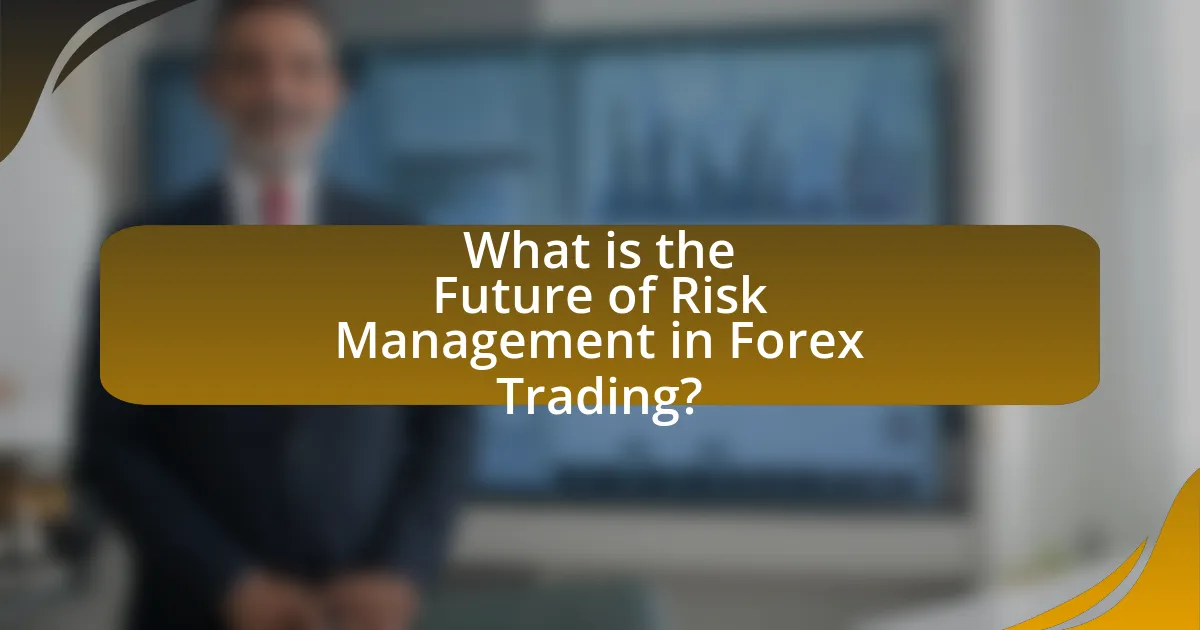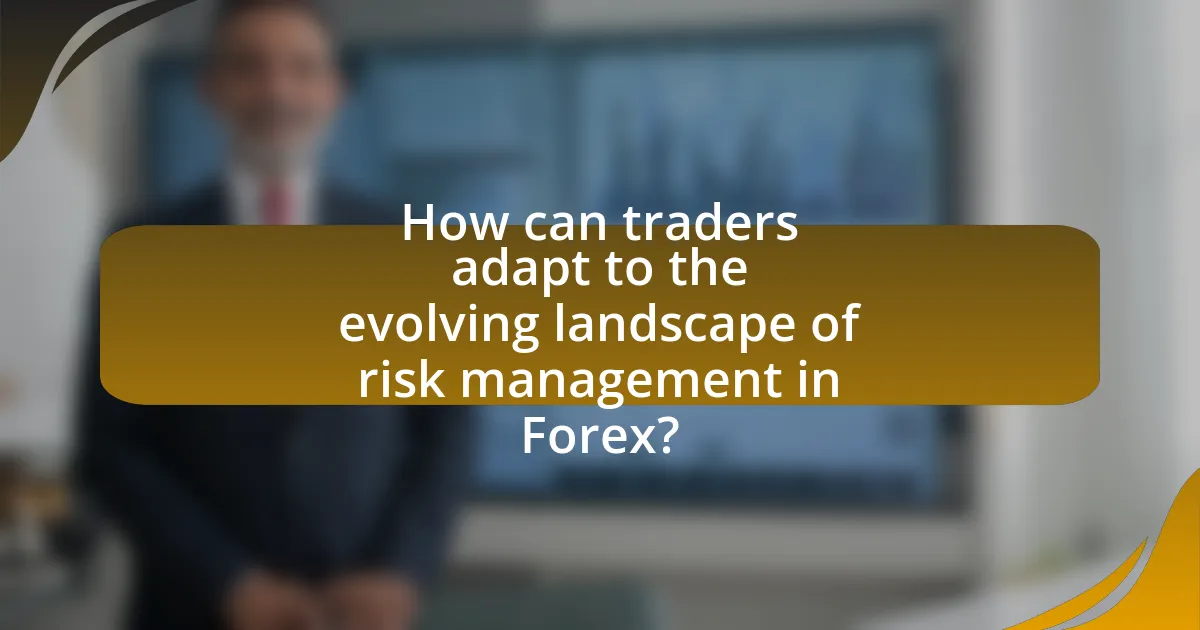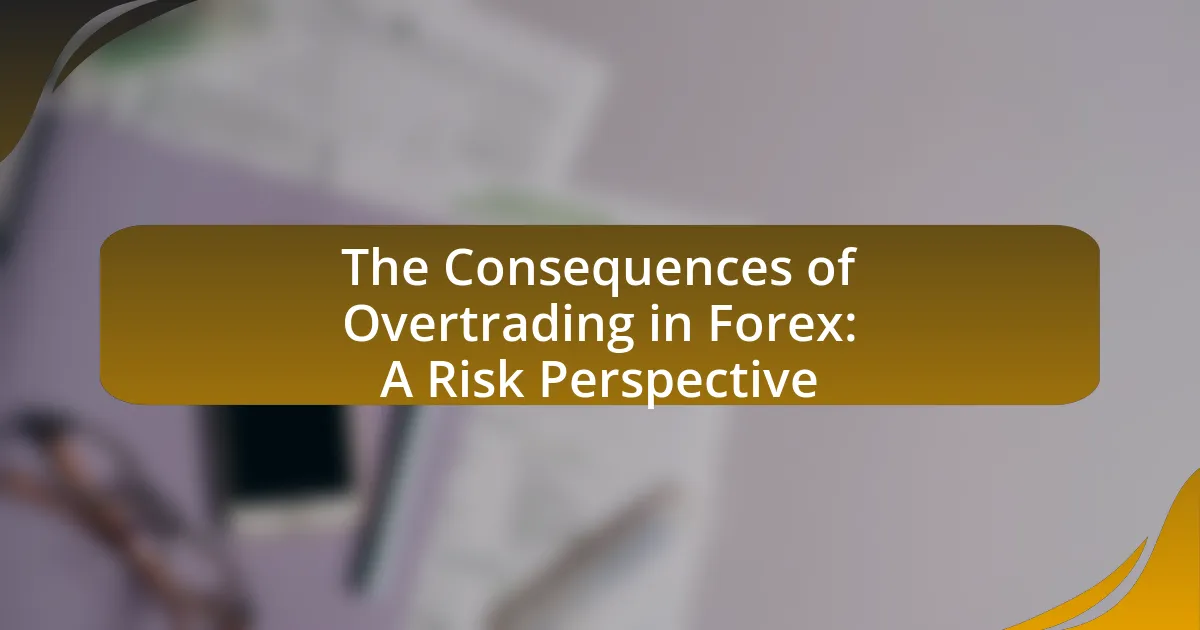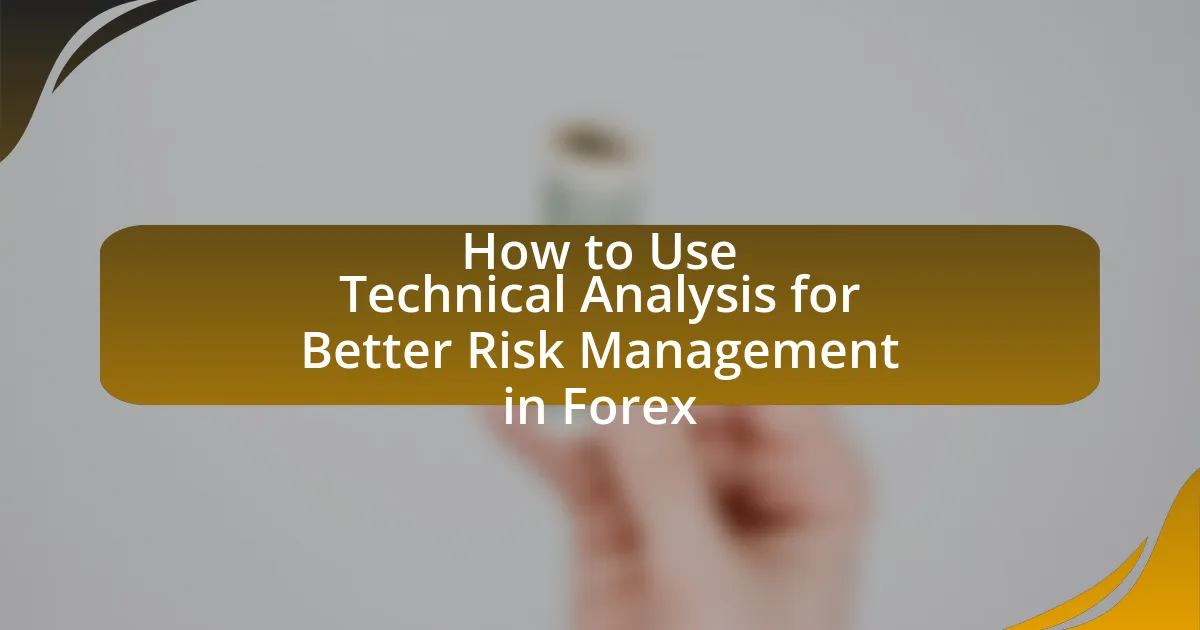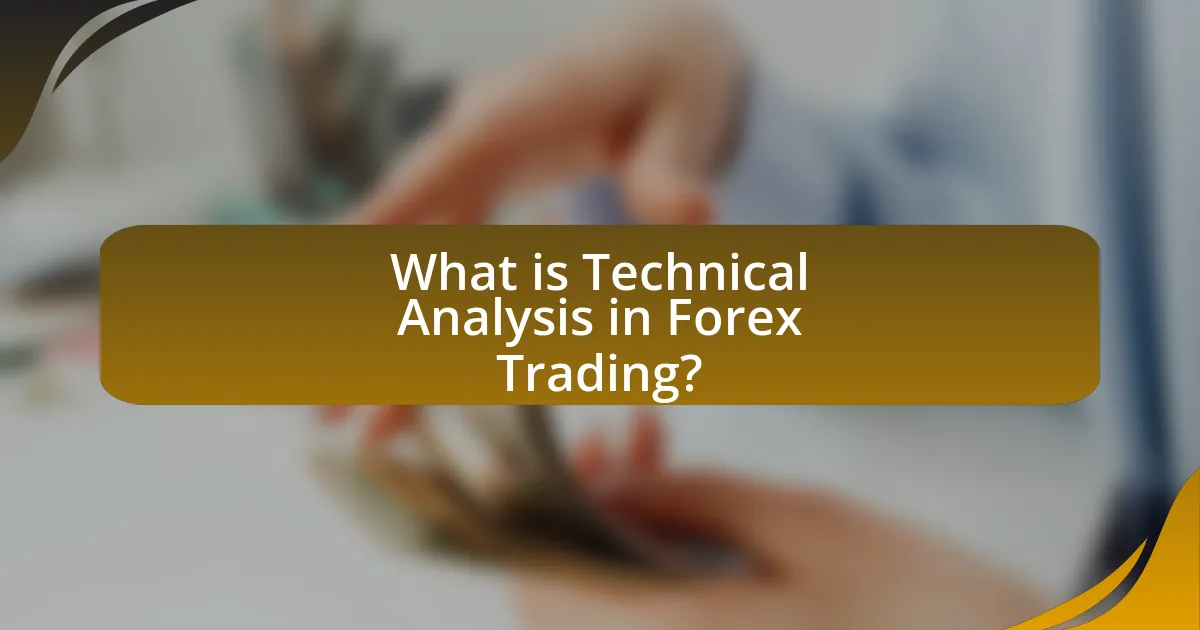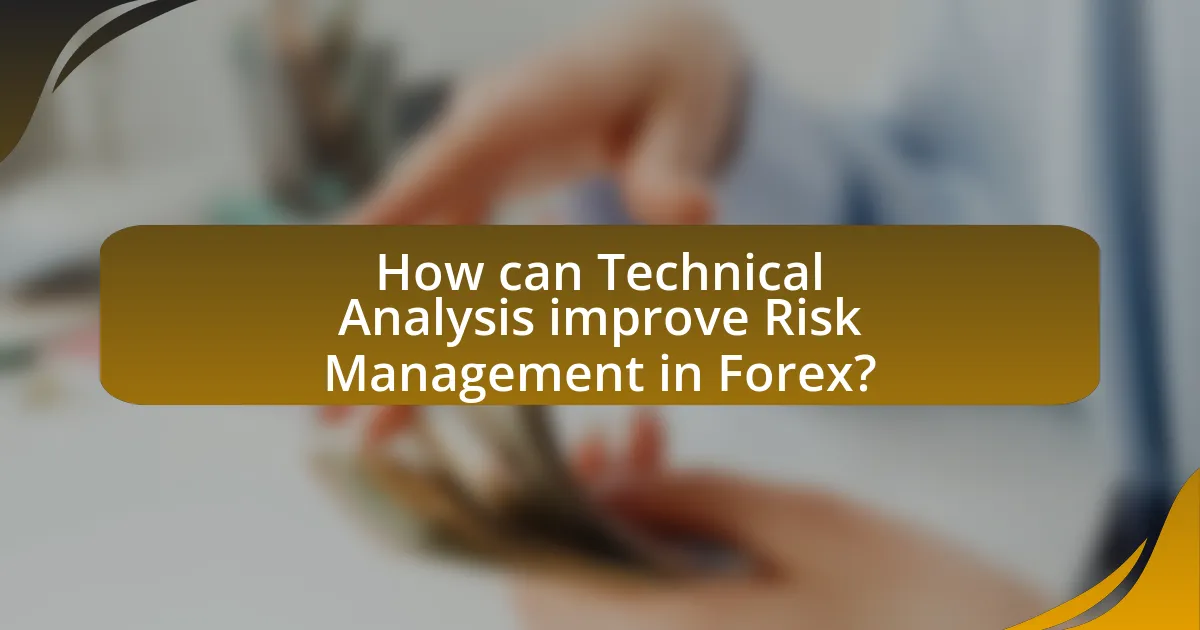Margin calls in Forex trading occur when a trader’s account equity falls below the required margin level set by the broker, typically due to adverse market movements leading to significant losses. This article explores the mechanics of margin calls, including how they are triggered, the impact of leverage, and the risks they pose to traders. It also discusses the types of margin calls, such as maintenance and initial margin calls, and offers strategies for managing and mitigating the risks associated with margin calls. Additionally, the article highlights common mistakes that lead to margin calls and provides practical tips for traders to avoid these situations, emphasizing the importance of effective risk management in maintaining account solvency.
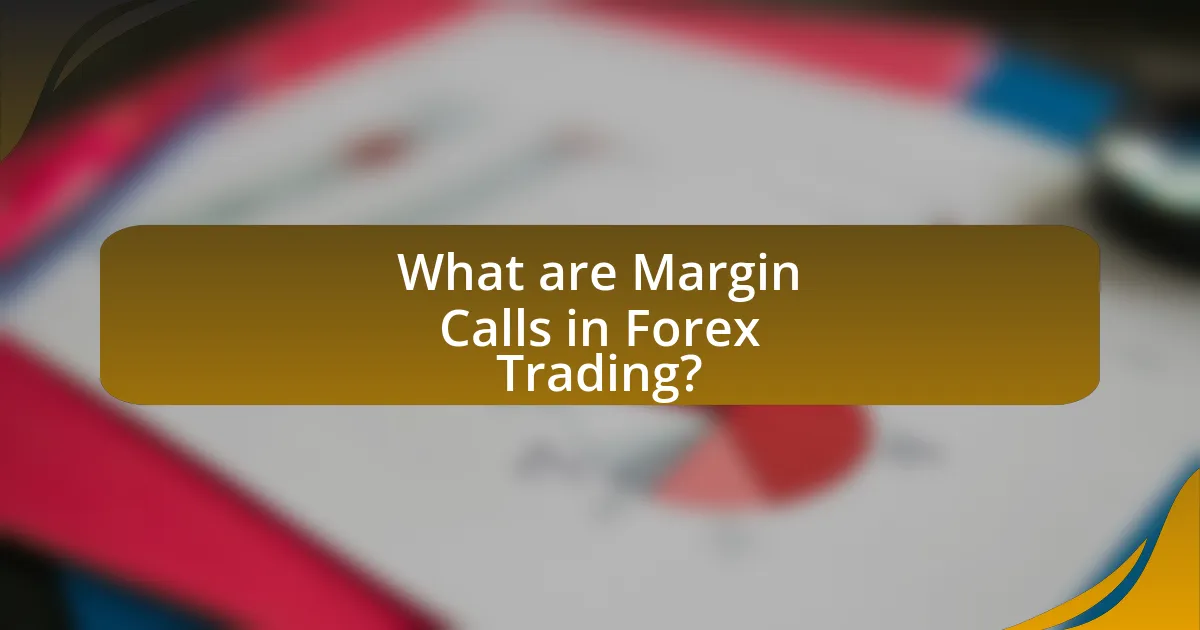
What are Margin Calls in Forex Trading?
Margin calls in Forex trading occur when a trader’s account equity falls below the required margin level set by the broker. This situation typically arises when the market moves against the trader’s position, leading to significant losses. Brokers require a minimum amount of equity to maintain open positions, and if the account balance dips below this threshold, the broker issues a margin call, demanding that the trader deposit additional funds or close positions to restore the required margin level. This mechanism helps protect both the trader and the broker from excessive losses, ensuring that the account remains solvent.
How do Margin Calls occur in Forex Trading?
Margin calls in Forex trading occur when a trader’s account equity falls below the required margin level set by the broker. This situation arises when the market moves against the trader’s open positions, leading to losses that diminish the account balance. For instance, if a trader uses leverage to open a position and the market price shifts unfavorably, the broker may issue a margin call to request additional funds to maintain the required margin. If the trader fails to deposit the necessary funds, the broker may close some or all of the trader’s positions to mitigate risk. This mechanism is crucial for brokers to protect themselves from potential losses due to insufficient margin coverage.
What triggers a Margin Call in Forex Trading?
A Margin Call in Forex Trading is triggered when the equity in a trader’s account falls below the required margin level set by the broker. This typically occurs due to adverse market movements that lead to significant losses on open positions, reducing the account’s equity. For instance, if a trader uses leverage to open a position and the market moves against them, the value of their account can decrease rapidly, prompting the broker to issue a Margin Call to ensure that the account maintains sufficient funds to cover potential losses.
How does leverage impact Margin Calls?
Leverage significantly increases the likelihood of margin calls in trading. When traders use leverage, they borrow funds to increase their position size, which amplifies both potential gains and losses. If the market moves against a leveraged position, the losses can quickly exceed the trader’s equity, triggering a margin call, which requires the trader to deposit additional funds to maintain the position. For example, with a leverage ratio of 100:1, a 1% adverse price movement can lead to a total loss of the initial margin, prompting a margin call. This relationship between leverage and margin calls highlights the heightened risk associated with trading on margin.
Why are Margin Calls significant for Forex Traders?
Margin calls are significant for Forex traders because they indicate that a trader’s account equity has fallen below the required margin level, necessitating additional funds to maintain open positions. This mechanism serves as a risk management tool, ensuring that traders do not exceed their financial capacity and helps prevent broker losses. When a margin call occurs, traders must either deposit more capital or close positions to avoid liquidation, which can lead to substantial financial losses. According to the Financial Industry Regulatory Authority (FINRA), maintaining adequate margin levels is crucial for sustaining trading activities and managing risk effectively in volatile markets.
What risks do Margin Calls pose to traders?
Margin calls pose significant risks to traders by requiring them to deposit additional funds or liquidate positions to maintain their margin requirements. This can lead to forced selling of assets at unfavorable prices, resulting in substantial financial losses. For instance, during volatile market conditions, a trader may receive a margin call unexpectedly, compelling them to sell positions quickly, which can exacerbate losses and diminish their trading capital. According to a study by the Financial Industry Regulatory Authority (FINRA), traders who fail to meet margin calls often face a rapid decline in their account equity, highlighting the critical nature of maintaining sufficient margin levels to avoid such risks.
How can Margin Calls affect trading strategies?
Margin calls can significantly impact trading strategies by requiring traders to deposit additional funds or liquidate positions to maintain their margin requirements. When a trader’s account equity falls below the broker’s required margin level, a margin call is triggered, which can force the trader to make quick decisions that may not align with their original strategy. For instance, if a trader is unable to meet the margin call, they may be compelled to sell assets at unfavorable prices, leading to potential losses. Historical data shows that during volatile market conditions, such as the 2008 financial crisis, many traders faced margin calls that resulted in substantial losses and forced liquidations, illustrating the critical nature of managing margin levels in trading strategies.
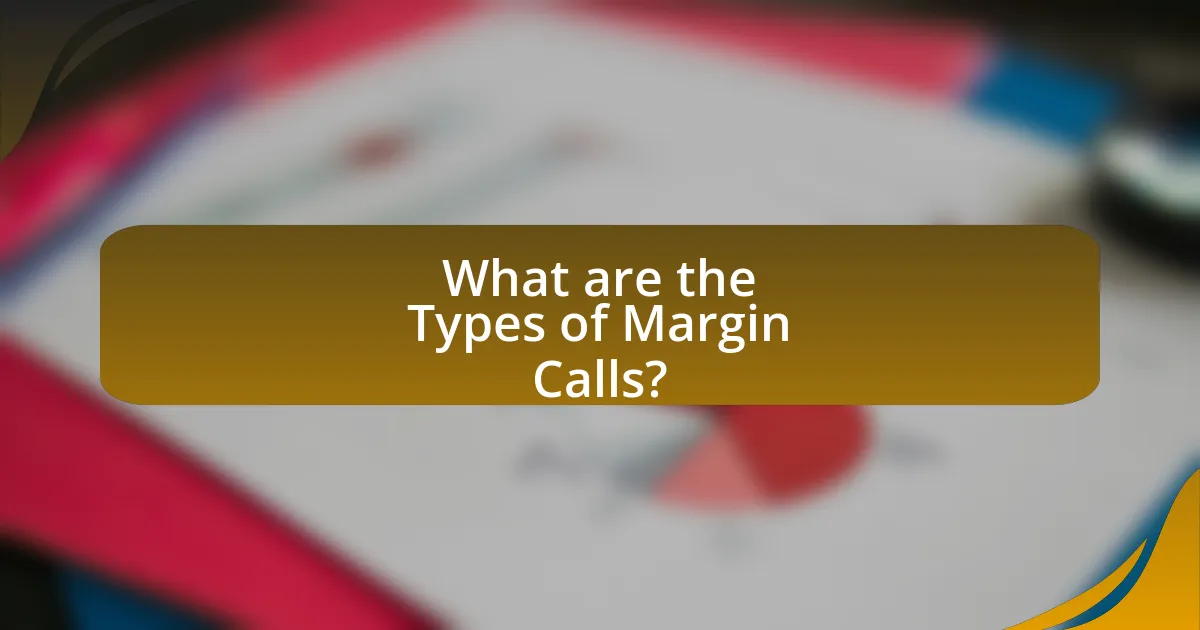
What are the Types of Margin Calls?
There are two main types of margin calls: maintenance margin calls and initial margin calls. Maintenance margin calls occur when the equity in a trading account falls below the required maintenance margin level, prompting the broker to request additional funds to restore the account balance. Initial margin calls, on the other hand, happen when a trader opens a position and does not meet the initial margin requirement set by the broker, necessitating a deposit to initiate the trade. These types of margin calls are critical in forex trading, as they help manage risk and ensure that traders maintain sufficient capital to cover potential losses.
What is a Maintenance Margin Call?
A maintenance margin call occurs when the equity in a trading account falls below the required maintenance margin level set by the broker. This situation typically arises when the value of the securities or assets in the account declines, prompting the broker to request additional funds or the liquidation of positions to restore the account to the required margin level. For instance, if a broker requires a maintenance margin of 25% and the equity drops to 20%, the broker will issue a maintenance margin call to ensure compliance with margin requirements.
How does a Maintenance Margin Call differ from a Margin Call?
A Maintenance Margin Call occurs when the equity in a trading account falls below the maintenance margin requirement, prompting the trader to deposit additional funds to restore the account balance. In contrast, a Margin Call is a broader term that refers to any request from a broker for a trader to deposit more funds when the account equity falls below the initial margin requirement. The key difference lies in the thresholds: the Maintenance Margin Call is specifically tied to the maintenance margin level, while a Margin Call can occur at any point when the account equity is insufficient to meet initial margin requirements. This distinction is crucial for traders to understand the specific conditions under which they must add funds to their accounts to avoid liquidation of their positions.
What actions should traders take during a Maintenance Margin Call?
During a Maintenance Margin Call, traders should either deposit additional funds into their trading account or reduce their open positions to meet the required margin level. This action is necessary because a Maintenance Margin Call occurs when the equity in a trader’s account falls below the broker’s minimum margin requirement, which is typically set at a percentage of the total value of the positions held. By depositing more funds or closing positions, traders can restore their account balance to the required level, thereby avoiding forced liquidation of their assets.
What is a Margin Call due to Market Volatility?
A margin call due to market volatility occurs when a broker demands that a trader deposit additional funds into their margin account to maintain their open positions. This situation arises when the market price of the assets held in the account declines significantly, reducing the equity below the required maintenance margin level. For instance, if a trader uses leverage to buy currency pairs and the market moves against them, the broker may issue a margin call to protect against potential losses, requiring the trader to either deposit more capital or close positions to reduce risk.
How does sudden market movement lead to Margin Calls?
Sudden market movement leads to margin calls when the value of a trader’s account falls below the required maintenance margin due to rapid price fluctuations. In Forex trading, leverage allows traders to control larger positions with a smaller amount of capital, but this also increases risk. For example, if a currency pair experiences a sharp decline, the equity in the trader’s account may drop significantly, triggering a margin call from the broker. This call requires the trader to deposit additional funds or close positions to restore the account to the required margin level, as brokers typically maintain strict margin requirements to mitigate their risk.
What can traders do to mitigate risks from market volatility?
Traders can mitigate risks from market volatility by employing strategies such as diversification, using stop-loss orders, and maintaining adequate margin levels. Diversification reduces exposure to any single asset, thereby lowering overall risk; for instance, a portfolio that includes various asset classes can buffer against market swings. Stop-loss orders automatically sell a security when it reaches a certain price, limiting potential losses; historical data shows that traders who use stop-loss orders can reduce their average loss by up to 30%. Maintaining adequate margin levels ensures that traders have enough equity to cover potential losses, which is crucial in volatile markets where price swings can trigger margin calls.
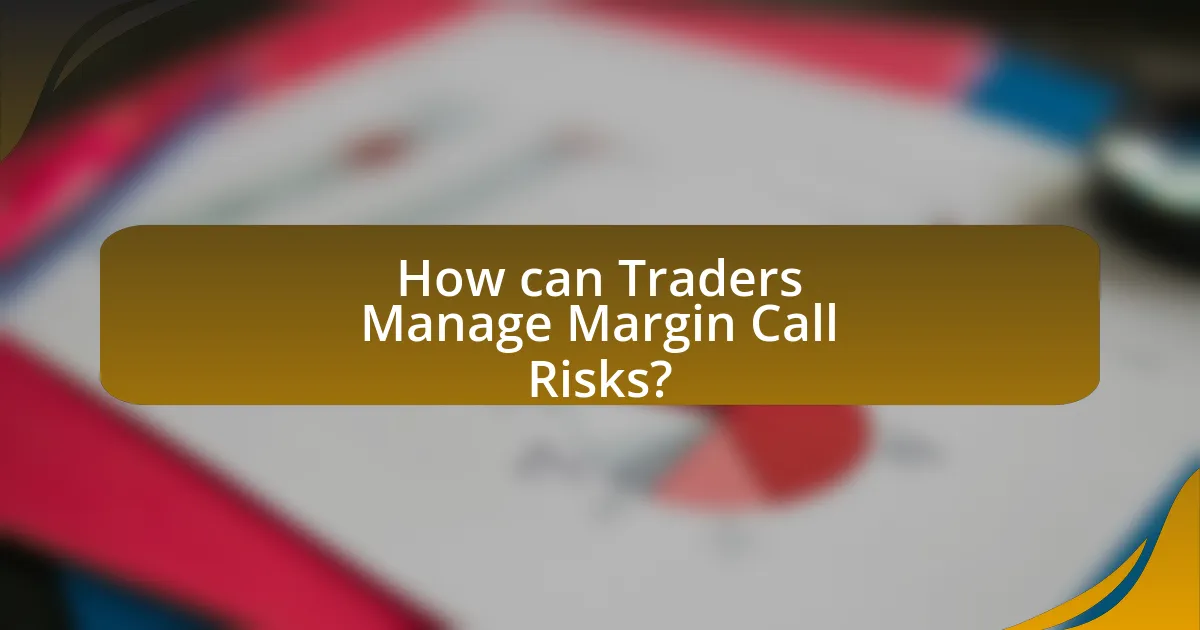
How can Traders Manage Margin Call Risks?
Traders can manage margin call risks by maintaining sufficient equity in their trading accounts and utilizing risk management strategies. By keeping a buffer above the required margin level, traders can avoid triggering margin calls during market volatility. Additionally, implementing stop-loss orders helps limit potential losses, thereby preserving account equity. According to a study by the Financial Industry Regulatory Authority (FINRA), effective risk management practices can significantly reduce the likelihood of margin calls, emphasizing the importance of proactive measures in trading.
What strategies can help prevent Margin Calls?
To prevent margin calls, traders should maintain a sufficient margin buffer by keeping their equity above the required margin level. This can be achieved by using lower leverage, which reduces the risk of significant losses that could trigger a margin call. Additionally, implementing stop-loss orders can help limit potential losses and protect equity. Regularly monitoring account balances and market conditions allows traders to make timely adjustments to their positions, further mitigating the risk of margin calls. According to a study by the Financial Industry Regulatory Authority, maintaining a margin level of at least 30% can significantly reduce the likelihood of margin calls in volatile markets.
How does proper risk management reduce the likelihood of Margin Calls?
Proper risk management reduces the likelihood of margin calls by ensuring that traders maintain sufficient equity in their accounts relative to their leveraged positions. By implementing strategies such as setting stop-loss orders, diversifying investments, and limiting the amount of leverage used, traders can mitigate potential losses that could trigger margin calls. For instance, a study by the Financial Industry Regulatory Authority (FINRA) indicates that traders who utilize risk management techniques are less likely to experience significant drawdowns, which directly correlates with a lower incidence of margin calls. This proactive approach helps maintain account balances above the required margin levels, thereby reducing the risk of forced liquidation of positions.
What role does setting stop-loss orders play in managing Margin Call risks?
Setting stop-loss orders is crucial in managing Margin Call risks as they automatically close a position at a predetermined price to limit potential losses. By doing so, traders can prevent their account equity from falling below the required margin level, which would trigger a Margin Call. For instance, if a trader sets a stop-loss order at a specific percentage below the entry price, it ensures that losses are capped, thereby maintaining sufficient margin in the account. This proactive risk management strategy is essential, especially in volatile markets, where price fluctuations can lead to rapid losses. Historical data shows that traders who utilize stop-loss orders effectively can reduce the frequency of Margin Calls, thereby enhancing their overall trading stability.
What are the best practices for responding to a Margin Call?
To effectively respond to a margin call, traders should promptly assess their account balance and the required margin level. This involves reviewing the current equity in the trading account and determining whether additional funds are needed to meet the margin requirement. Traders can either deposit additional capital into their account or reduce their open positions to lower the margin requirement.
Research indicates that timely action is crucial; according to a study by the Financial Industry Regulatory Authority (FINRA), failing to respond to a margin call can lead to forced liquidation of positions, resulting in significant financial losses. Therefore, maintaining a buffer above the minimum margin requirement and regularly monitoring account performance can help mitigate risks associated with margin calls.
How should traders assess their positions during a Margin Call?
Traders should assess their positions during a Margin Call by evaluating their current equity, margin requirements, and the performance of their open trades. This assessment involves calculating the total equity in their trading account, which is the difference between the account balance and the margin used. If the equity falls below the required margin level, traders must determine whether to deposit additional funds, close losing positions, or adjust their trading strategy to avoid liquidation. Historical data shows that traders who proactively manage their positions during Margin Calls can mitigate losses and maintain better control over their trading accounts.
What options do traders have when faced with a Margin Call?
When faced with a Margin Call, traders have several options to address the situation. They can deposit additional funds into their trading account to meet the margin requirement, which helps to maintain their positions. Alternatively, traders may choose to close some or all of their open positions to reduce their margin requirement and avoid liquidation. Another option is to adjust their trading strategy, such as reducing leverage or trading smaller positions, to prevent future margin calls. These actions are critical as failing to respond to a Margin Call can result in forced liquidation of positions by the broker, leading to significant financial losses.
What common mistakes lead to Margin Calls in Forex Trading?
Common mistakes that lead to margin calls in Forex trading include over-leveraging, inadequate risk management, and lack of market analysis. Over-leveraging occurs when traders use excessive leverage, which amplifies both potential gains and losses, increasing the risk of a margin call. Inadequate risk management, such as failing to set stop-loss orders, can result in significant losses that trigger margin calls. Additionally, a lack of thorough market analysis can lead to poor trading decisions, further increasing the likelihood of incurring losses that exceed the margin requirement. These mistakes highlight the importance of maintaining a disciplined trading approach to avoid margin calls.
How can emotional trading contribute to Margin Calls?
Emotional trading can significantly contribute to margin calls by leading traders to make impulsive decisions that increase their risk exposure. When traders act on emotions such as fear or greed, they may hold losing positions longer than advisable, hoping for a market reversal, which can deplete their margin balance. According to a study published in the Journal of Behavioral Finance, emotional decision-making often results in poor risk management practices, which can trigger margin calls when account equity falls below the required maintenance margin. This correlation between emotional trading and margin calls underscores the importance of disciplined trading strategies to mitigate financial risks.
What are the pitfalls of over-leveraging in Forex Trading?
Over-leveraging in Forex trading significantly increases the risk of substantial financial losses. When traders use excessive leverage, they amplify both potential gains and potential losses, leading to a higher likelihood of margin calls. A margin call occurs when the equity in a trading account falls below the required maintenance margin, forcing the trader to deposit additional funds or close positions to meet the broker’s requirements. According to a study by the Financial Conduct Authority, over 70% of retail Forex traders lose money, often due to high leverage. This statistic underscores the dangers of over-leveraging, as it can lead to rapid account depletion and increased emotional stress, resulting in poor decision-making.
What practical tips can help traders avoid Margin Calls?
To avoid margin calls, traders should maintain a sufficient margin level by keeping their account equity above the required margin. This can be achieved by regularly monitoring positions and adjusting them as necessary to prevent excessive leverage. Additionally, implementing stop-loss orders can help limit potential losses, thereby preserving margin. Research indicates that traders who utilize risk management strategies, such as setting appropriate leverage ratios and diversifying their portfolios, are less likely to face margin calls. For instance, a study by the Financial Industry Regulatory Authority (FINRA) highlights that maintaining a margin level of at least 30% can significantly reduce the risk of margin calls during market volatility.
